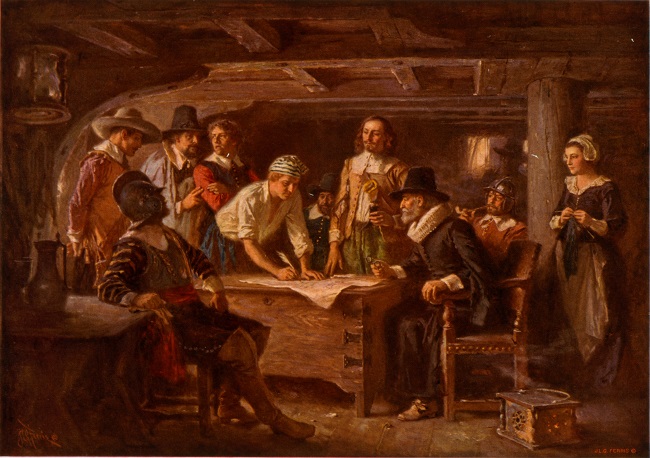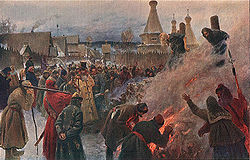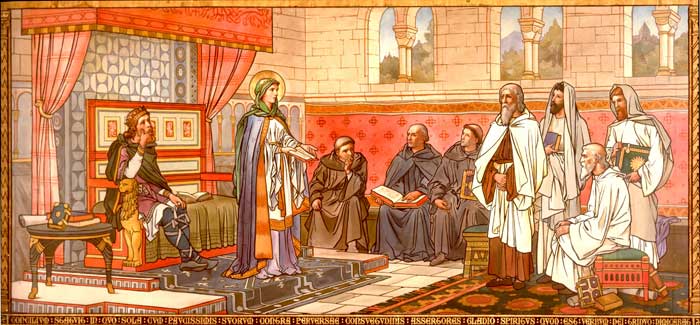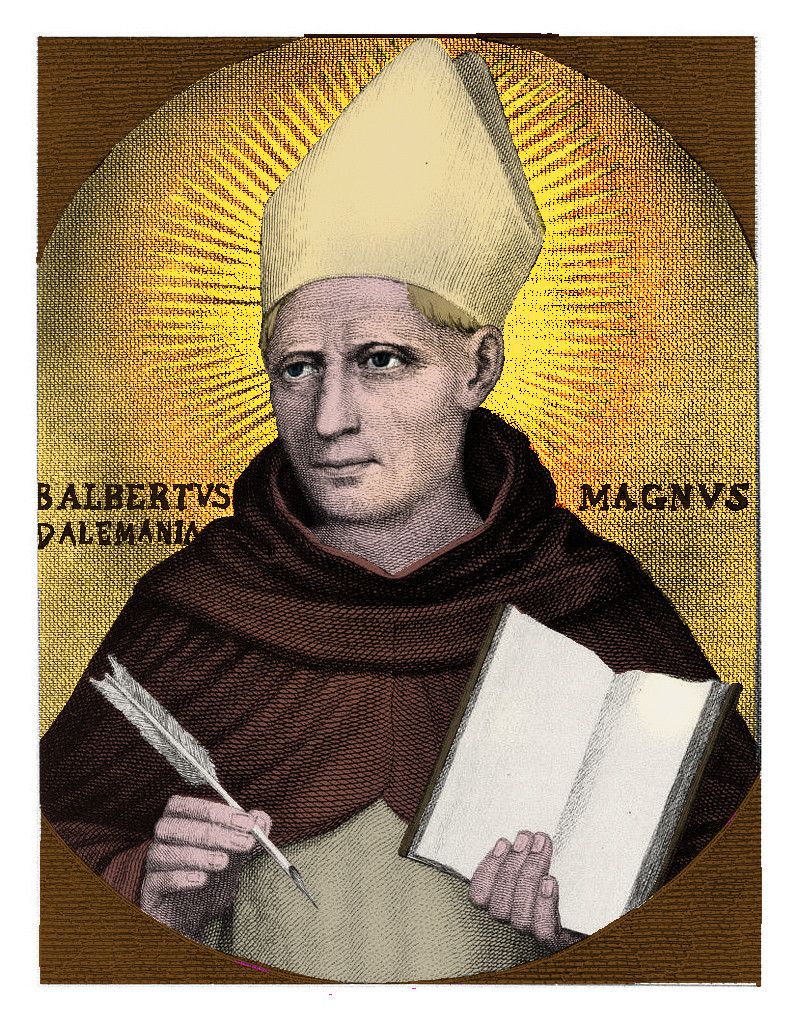511 Death of the first Christian king of France.
Early in the 400s the Roman empire was invaded by a host of Germanic tribes moving down out of northern and central Europe. The empire in the east with its capital at Constantinople had the money and troops to defend itself, but the western half of the empire was overrun. Rome was sacked, the last emperor was deposed by a German warlord, and what had once been a single state was now a motley collection of barbarian kingdoms established by Ostrogoths, Visigoths, Burgundians, Angles, Saxons, Vandals and Jutes. One of the most formidable of the new states was the Kingdom of the Franks which covered most of what had been Gaul and which was ruled by the ruthless Clovis who managed to claw his way to the top over the bodies of rival Frankish leaders.
Most of the original inhabitants of Clovis’s new kingdom were Catholic Christians while invaders such as the Franks were either pagan or Arian Christian. On Christmas Day in 496 Clovis agreed to a Catholic baptism in order to better secure his rule, associating himself with the religion of his people and of Rome. This baptism was miraculously marked by the arrival of a container of holy oil from heaven which was used to anoint Clovis and many subsequent kings of what became France. French monarchs could thus claim the title of “Most Christian King”.
Clovis had brutally united his kingdom and many historians consider this the foundation of the French nation and Clovis the founder of the Merovingian dynasty. However, the Franks followed the custom of partible inheritance whereby a father divided his land equally among his sons and on the death of Clovis in 511 his kingdom was partitioned among his four sons. The tawdry history of the Merovingian Franks is one long story of conquest, unification, partition, battle and reunification. Why Dan Brown in The Da Vinci Code chose the thuggish family of Clovis to be the supposed bloodline of Jesus remains a mystery best left unsolved.








